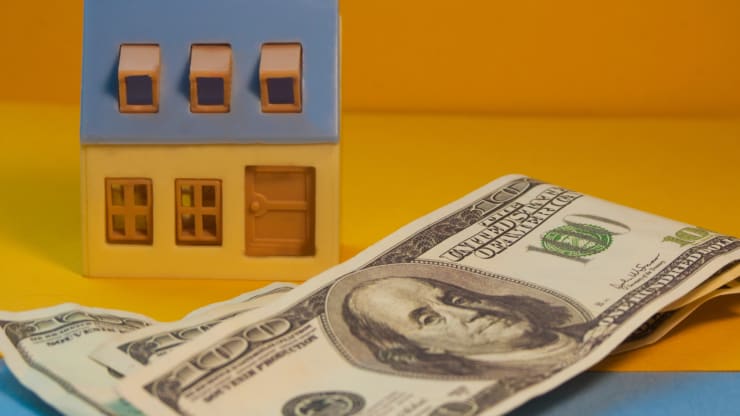
As the Federal Reserve lowers rates, it’s a good idea to make sure your savings are still getting the biggest boost.
The central bank cut its benchmark short-term interest rate by a quarter of a point. In July, the bank cut rates for the first time since the Great Recession.
As a result, some banks are pulling back their offerings on their savings accounts and certificates of deposit.
Online bank Synchrony has dialed back its savings account return to 2%, from 2.25% this summer. And the bank slashed the rate on its 5-year CD to 2.55% from 3.10%.
“I would expect rates to continue to drop on savings accounts,” said Allan Roth, founder of the Wealth Logic financial advisory firm.
Even so, rates are pretty good by recent standards and it’s worth shopping around for the best offer.
“You can still earn more than the rate of inflation and that was not the case for more than a decade,” said Greg McBride, the chief financial analyst at personal finance website Bankrate.com.
Your savings can pick up a 2.52% return at Vio Bank. CIT Bank is offering a 2.2% rate on its savings account, so long as you deposit $100 a month (or maintain a $25,000 balance). If you can deposit at least $5,000, the savings rate at Citizens Access is 2%.
BankDirect, an online bank, is offering 2.53% on a 2-year CD, if you can tie up $10,000. A 1-year CD at BMO Harris Bank is paying 2.3%.
Roboadvisers Betterment and Wealthfront tend to offer some of the best rates on their cash management accounts said Arielle O’Shea, banking expert at NerdWallet. They’re both FDIC insured up to $1 million.
You can find the best, up-to-date rates at Depositaccounts.com.
O’Shea offered an example to illustrate the benefit of chasing the best savings rate: Say you store $10,000 in a traditional bank account paying the national average of .09%. In five years, you’d have earned $46 in interest. If you had your money somewhere earning 2% a year, however, you’d have $1,051.
If you are stuck between putting money aside in a savings account or CD, the question to ask is “when do you need the money?” said McBride.
Your emergency savings — ideally enough to cover six months of expenses — should be in a liquid account, he said. Once you reach that goal, you can tie up more money in a CD.
Roth offered an alternative: finding a CD with the lowest penalty. That way, you can match the benefit of a high-interest savings account without the restrictions of a CD. “If you need the money, you break the CD,” Roth said.
For example: Let’s say you parked your savings in a 5-year CD with a rate of 2.5% and an early withdrawal penalty of five months interest and then dipped into it after just three years. You’d still have picked up an annual rate of 2.16%.
For goals in the future, don’t rely on CDs or savings accounts, said Lisa Gerstner, contributing editor at Kiplinger’s Personal Finance. “Put longer-term savings, such as for retirement, in the stock market,” she said.
